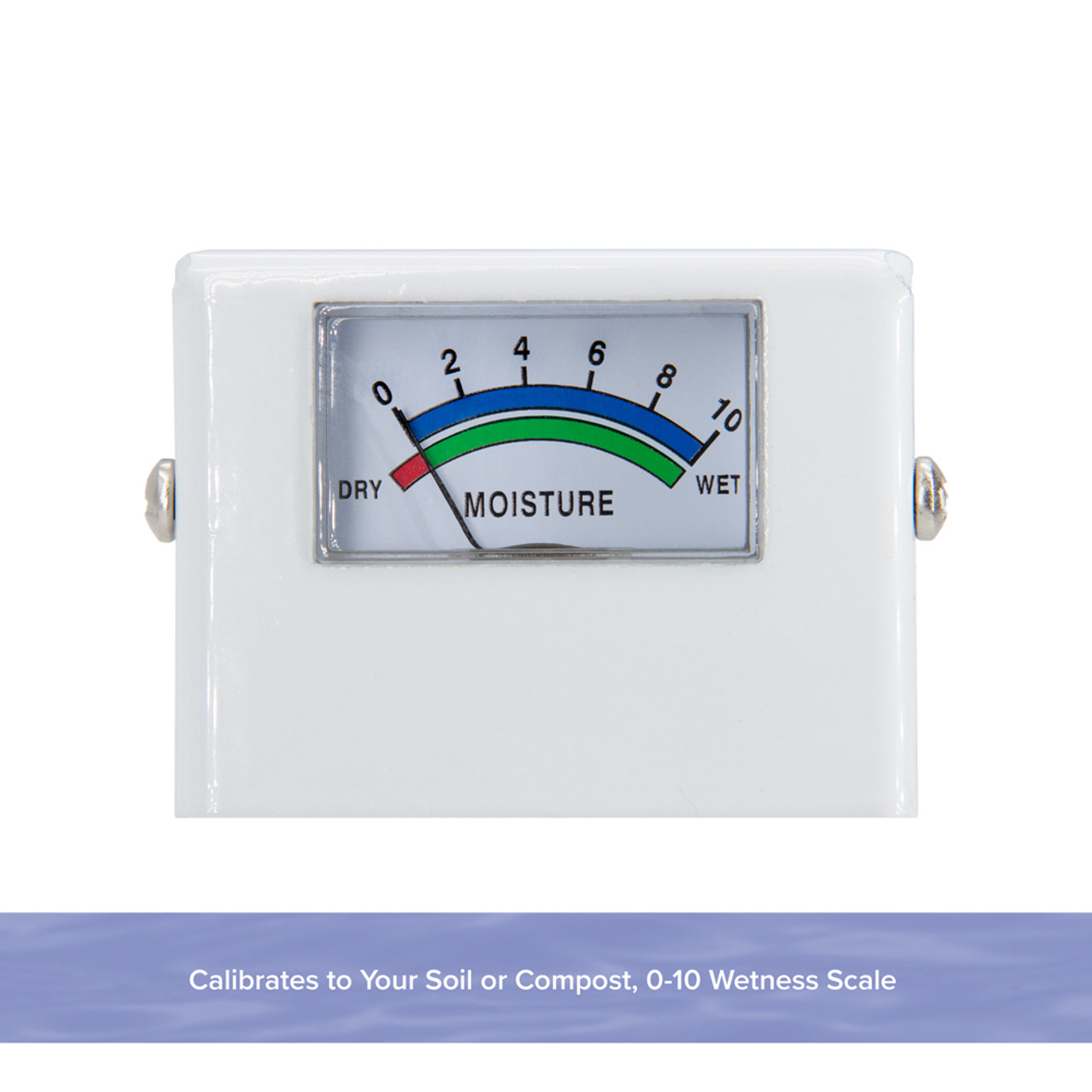Moisture Meter Buying Guide: What to Look for in High-Quality Instruments
Moisture Meter Buying Guide: What to Look for in High-Quality Instruments
Blog Article
Delve Into the World of Moisture Meters: Everything You Need to Know
In the world of dampness meters exists a world of accuracy and practicality that commonly goes unnoticed. Understanding how moisture meters operate, the various kinds available, and their diverse uses can shed light on their value in making certain high quality and performance.
Exactly How Moisture Meters Work
Moisture meters operate by gauging the electrical conductivity or capacitance of materials to identify the dampness material existing. These meters are indispensable devices across different sectors, including building and construction, farming, and woodworking. By using different approaches such as pinless or pin-type technology, moisture meters supply exact analyses that help professionals make notified choices.
Pin-type dampness meters function by placing the sharp pins into the material being tested. On the various other hand, pinless dampness meters make use of electro-magnetic signals to check a larger area without creating any kind of damages to the material's surface area.
Despite the approach utilized, moisture meters play a critical duty in protecting against concerns such as mold growth, architectural damages, or product defects brought on by excess dampness. Recognizing exactly how these meters work is essential for making certain the high quality and integrity of products in different applications.
Types of Moisture Meters
Given the essential function moisture meters play in numerous industries, it is vital to recognize the various types offered to professionals for properly examining moisture degrees - Moisture Meter. There are primarily 2 main kinds of moisture meters: pinless and pin-type wetness meters

On the other hand, pinless dampness meters use electro-magnetic sensor plates to check a larger location of the material without creating any damages. This type appropriates for rapidly scanning huge areas and is generally used for floor covering, walls, and ceilings. Pinless meters are practical for taking analyses on finished surface areas without leaving any noticeable marks.
Both sorts of wetness meters have their benefits and are chosen based upon the specific demands of the work at hand. Recognizing the differences in between these kinds is essential for specialists to make accurate wetness analyses.
Applications Across Industries
Construction specialists depend on moisture meters to analyze the moisture degrees in building products like drywall, concrete, and timber, which is essential for keeping structural honesty and avoiding concerns like rot or mold. The floor covering industry makes use of moisture meters to gauge the moisture material in subfloors before setting up various floor treatments, stopping expensive problems due to excess wetness. In the food industry, wetness meters are made use of to keep track of and control moisture levels in items such as grains, nuts, and dried fruits to preserve quality and quality.
Tips for Utilizing Dampness Meters
When gauging the moisture material in numerous materials,Utilize the dampness meter's calibration settings to guarantee exact analyses. Calibration is vital for the correct performance of a moisture meter. Prior to each usage, it is suggested to check and adjust the calibration settings according to the specific product being examined. Additionally, see to it the meter is readied to the appropriate wetness array for the product you are measuring to obtain the most accurate results.
When making use of a pin-type wetness meter, place the pins to the suitable depth recommended for the product being examined. This makes certain that the wetness readings are taken from the correct deepness within the product, offering a much more accurate depiction of its wetness material. For pinless moisture meters, remember to keep correct call with the material's surface area to obtain trustworthy readings.
Regularly examine and replace the batteries in your dampness meter to stop inaccurate analyses due to reduced power. When not in use to lengthen its lifespan and preserve its precision, Store the meter in a secure and dry location. By adhering to here these tips, you can make the most of the efficiency of your dampness meter and acquire exact moisture material dimensions throughout different products.
Upkeep and Calibration
To guarantee the precision of dampness content measurements, normal maintenance and calibration of the wetness meter are essential action in its appropriate performance. Upkeep involves keeping the wetness meter tidy and cost-free from particles that can influence its readings. It is essential to comply with the supplier's guidelines for cleaning to avoid damages to the tool. Additionally, regular calibration is required to confirm the accuracy of the readings. Calibration changes the wetness meter to make certain that it gives trustworthy and regular outcomes.
Calibration ought to be done regularly, particularly if the wetness meter is made use of often or in important applications where specific dimensions are needed. Lots of dampness meters include calibration tools or can be calibrated by professional solutions. Moisture Meter. It is suggested to keep a log of calibration days and results to track the efficiency of the wetness meter over time. By maintaining and adjusting the wetness meter routinely, users can trust the precision of the dampness material measurements gotten.
Conclusion

To conclude, dampness meters play an important duty in various markets by properly determining the dampness content of materials. Recognizing how these gadgets function, the various kinds available, and appropriate upkeep and calibration are essential for acquiring trusted go right here results. Whether in building, farming, or production, using dampness meters aids make certain high quality control and efficiency in processes.

In final thought, wetness meters play a vital function in different industries by accurately gauging the dampness material of materials.
Report this page